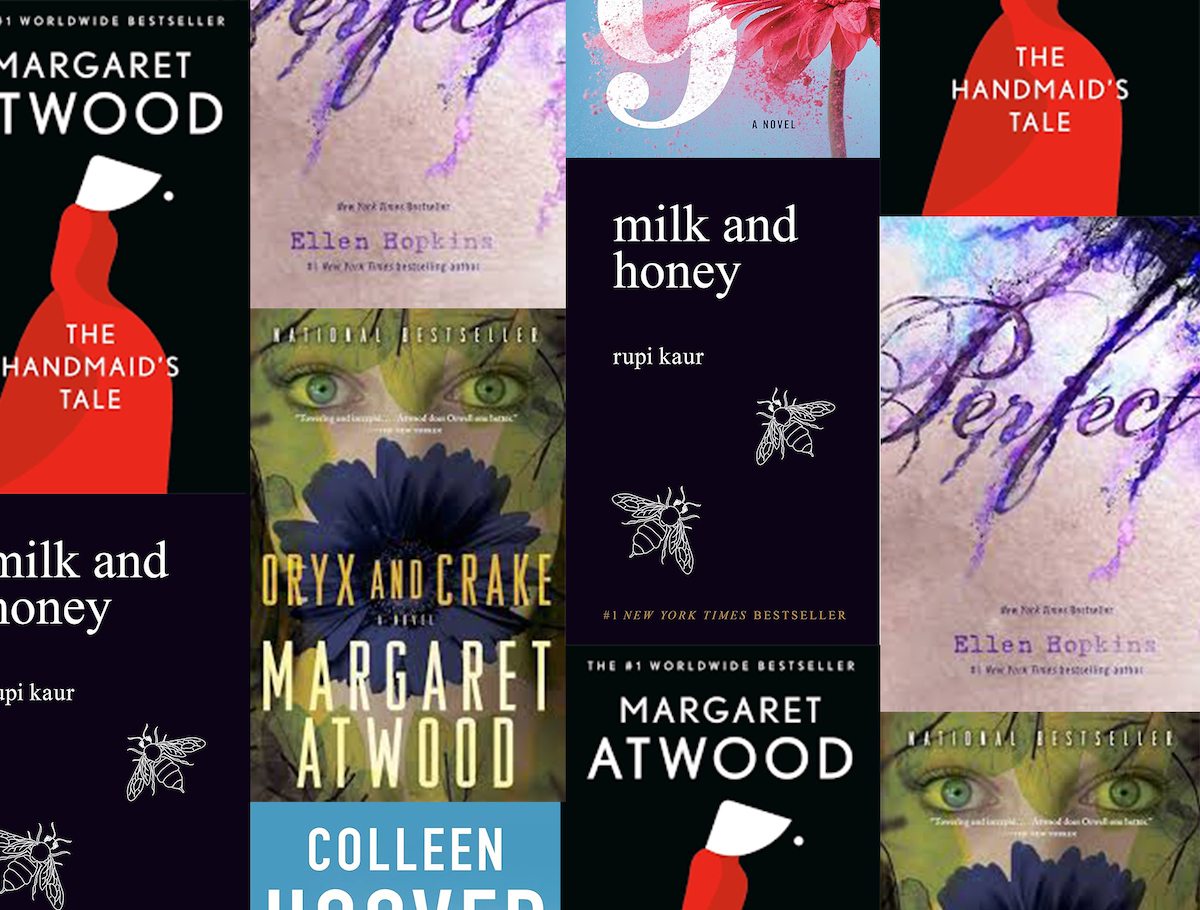ARTworks to host exclusive opening reception
A few years before artist Sam Doyle died, he traveled from his modest two-story wood

house on St. Helena Island to the Corcoran Gallery of Art in Washington D.C. to attend an important exhibition. The seminal 1982 event, Black Folk Art in America: 1930-1980, showcased works by some of the most talented, African American, self-taught artists in the country and included a number of Doyle’s captivating paintings. At the members’ preview, the Lowcountry artist was photographed shaking hands with the First Lady of the United States, Nancy Reagan. The museum’s chief curator, Jane Livingston, raved to the Beaufort Gazette, “His paintings are almost lyrical.” The event firmly established Doyle’s reputation.
Since his death in 1985, Doyle’s paintings have traveled far and wide; many have entered prominent collections. The now highly-valued, neo-expressionist, Jean-Michel Basquiat

traded some of his own art for a few Doyles. Noted modern master, Ed Ruscha, painted a posthumous tribute to Doyle. Both the Smithsonian and Atlanta’s High Museum have terrific examples that can be viewed online. Recently, Penn Center added several wonderful works to their collection. And this fall Doyle’s artworks will be included in exhibitions in Paris and Los Angeles.
In his definitive essay, “Haints and Saints,” Gordon W. Bailey, who has the largest collection of Doyle’s artworks, wrote that Doyle, “Painted passionately, with bold strokes and vibrant colors, fashioning uniquely styled portraits and personal tributes with evangelical enthusiasm, blending ancestral Gullah lore and his devout Baptist faith into a rich multi-cultural impasto. Haints and saints rubbed rusty shoulders and shared the boughs of Spanish moss-laden oak trees with other celebrated figures, both famous and infamous.”
An improperly-healed childhood foot injury kept him out of WWII and a failed marriage divided his family, indirectly connecting him with a large group of artists whose life paths were diverted by trauma— his admirer Basquiat, Frida Kahlo, Emily Dickinson and even Matisse, who turned to scissors and paper-cutting when he was losing his eyesight.
Post retirement, Doyle had the freedom to paint what he wanted, when he wanted. By the mid-1970s, Doyle’s outdoor history lesson had evolved into the “St. Helena Out Door Art Gallery.” The artist filled his property with portraits of people important to his community while focusing on Gullah history and African American achievement. He created two series: “First” which included St. Helena’s First Black Midwife and First Mail Man; “Penn” which refers to his alma mater Penn School (now Penn Center) and included Penn Drummer and Penn Bull. Other notable portraits paid tribute to Ray Charles and Rev. Dr. Martin Luther King. He also painted island legends Dr. Buz (a root doctor) and Jack O Lanton (a haint).

Doyle told NPR in 1983: “I think about it overnight. I’ll be in my bed and I just say I want to paint something concerning someone or, you know, and then it come into my mind. And I can get up the next morning and I can start painting that thing, you know. Whatever I dreamed at night. Just think about it, just dream about it. And just like people I’ve known a long time ago and stories that I have been told. I can go at it from the story and I paint a picture of the people in it. I know what it’s all about, you see.”
Doyle’s forms were suggested in large part by the materials available— like the vintage refrigerator door he once chose for a painting— and he matched the size of his subject to his “canvas” which was usually a scrap piece of tin roofing. Despite the lack of background scenery in most of his paintings, he loaded plenty of context. When he painted, Bailey suggests, “Doyle summed up momentous events with poetic simplicity and had a genius for distilling the essence of personality.”
Doyle’s sophistication as an artist is, in part, his ability to capture body language. His sophistication as a human being was expressed bravely through the images he chose to paint. “He never shied away from hot button topics, and his sociopolitical pieces are some of his most stirring works.” Bailey wrote, “Doyle was completely immersed in his milieu and quite aware of the influences of popular culture. If you caught his keen eye by doing something well, often, or eccentrically, your likeness would soon stand in his yard.” Simply put: he painted history. If he hadn’t painted He/She, Mrs. Food Stamp, Try Me, they would not have been painted. I say thank goodness he declined prettiness and pettiness in favor of the brilliantly rendered summation of “Lincoln In Frogmore,” the bold strokes of “No More,” and the effervescent fun of “Mr. Fool.”
The creolized Gullah language was Doyle’s first and often his painted words require some insight. I like Doyle’s creative spelling, which is another way of saying I admire the visuals of his illiteracy. For instance his tribute to “Ike” includes the words “Ge” and “Nule” and shows the artist was really thinking about the words he chose to use when emphasizing the action. The farmer, Ike, is shouting for his mules to “Gee!” or “Go Right!” The image would enhance a Colonial hope chest! Portraits and pastorals; Doyle’s works are very conventional that way. The scene has well-fed proportions, from the swell of the landscape to the robust pipe-smoking farmer, but only a small part of the field is included. This isn’t a portrait of toil but of accomplishment: a team for the plow, mature plants in the field, no clouds in the sky. Doyle was the perfect artist for this scene.
Doyle’s Adlade is jaunty and bright-eyed, heading to work in the fields. She has the strength and dexterity to carry four objects and smoke a pipe! He reduced her dainty feet to Japanese pointiness in a second pass. I love the balance of his lines and fills and flicks.
Net Maker is a another terrific example of Doyle’s pure talent. It is a painting of a man that some people likely overlooked. A quick glance reveals a man in a dark suit has fastened something to what might be a tree. Look closer and you see that the artist has included the warp and the weft of a shrimping net, that the craftsman is in motion— his thick white beard signaling his know-how— and that the artist has deftly divided the background between green ground and blue watery distance. And that tree is more beautiful every time I see it!
Doyle’s athletes are big and brawny, full of movement and fill the frame. Some stars, we know by name like Beaufort-born “Smokin” Joe Frazier, Joe “Brown Bomber” Lewis and Jackie Robinson, others, like Savannah’s Larry “Gator” Rivers, who played for the Harlem Globetrotters, shine brighter in the Lowcountry. Doyle’s tight composition affords the viewer a front row seat to the action and elevates his subjects to lofty iconic status.
Doyle could only display his paintings in his yard, but thirty years later his work is seen and collected around the world. Therein is an advisement to all artists— make art and put it where people can see it. Today artists by the thousands compete via an internet-minefield of Find Me. But every artist can be truthful and thoughtful too, even now. Looking at his paintings and learning about Doyle’s life makes me realize that avoiding the usual leaves time for the unusual. A friend teaches art at Beaufort High School. I recommended “Haints and Saints” for class study on developing art careers because the slow growth approach should still be valued.
On Sunday, September 22, 2013, ARTworks in Beaufort hosts an exclusive opening reception for the Sam Doyle Celebration. Special guests will share stories concerning Doyle, Victoria Smalls, Penn’s Director of History and Culture, will present an informative talk, and everyone will enjoy a buffet at the “Wellcome Table,” inspired by the artist’s painting. As Bailey explains, “By overpainting “come” Doyle left little room for speculation, emphasizing with unambiguous clarity his hope that all races will one day join each other a “Well Table.”
During the Sam Doyle Celebration, first at ARTworks, then at Penn Center, you will be able to behold his powerful works in person— in the same community where Doyle drew his inspiration. All paintings on display at ARTworks will be from private collections. The centerpiece image of the celebration is “Penn Drummer.” Painted on corrugated tin roofing with a reference to the year “1920.” The piece is a clear homage to Doyle’s days at Penn School. By celebrating his original art, we are keeping his beat going.
Tickets are $25 and benefit ARTworks, the arts council of Beaufort, Port Royal and the Sea Islands: 843-379-2787. The ARTworks exhibition runs through October 6; the gallery is free to browse Tuesdays through Saturdays. On October 10, Penn Center on St. Helena Island will share their collection on their historic campus. A show and sale of student art is part of ARTworks and Penn’s ongoing support of emerging student artists. For more about the Sam Doyle Celebration, visit artworksinbeaufort.org.






